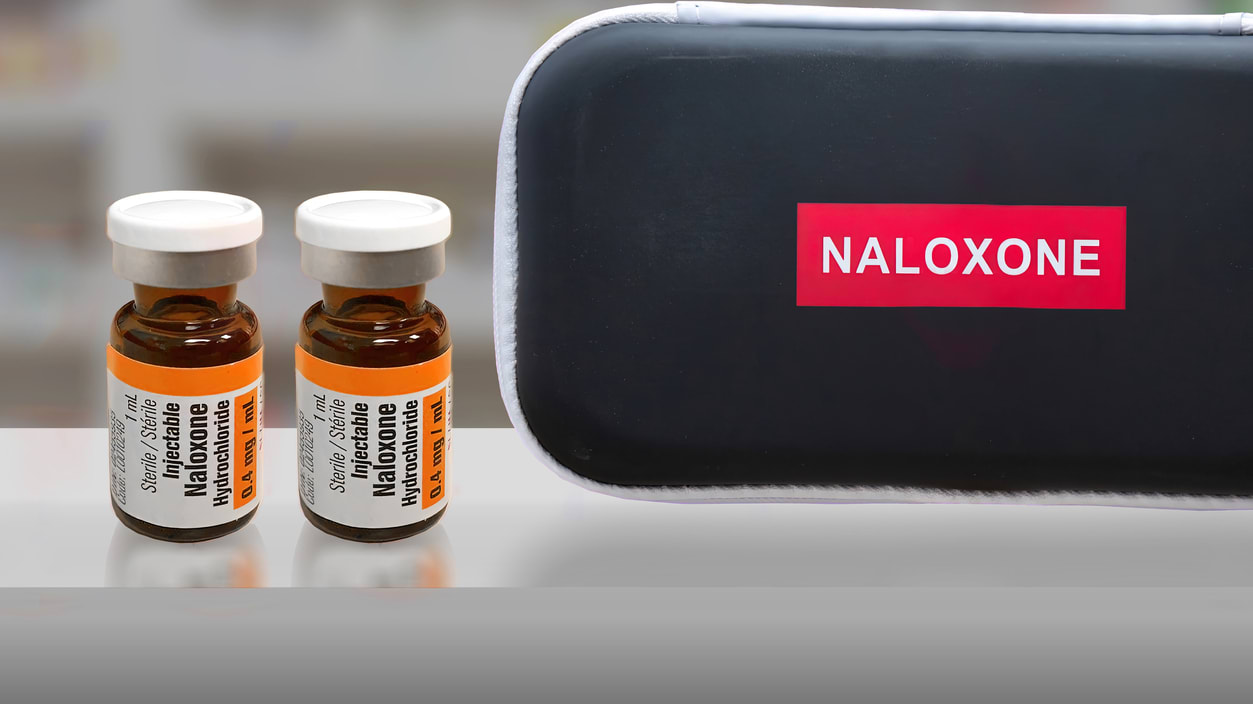The opioid crisis has had far-reaching effects throughout Canada, but the construction sector has been particularly hard hit. One report said that 1 in 13 opioid deaths in Ontario between 2017 and 2020 happened to people working in the construction industry. Although 80 percent of those deaths occurred at home, the prevalence points to a need for measures to prevent overdoses in the workplace.
Between March 2020 and January 2021, according to the Ontario government, approximately 2,500 people died from opioid-related causes. Of those people that were employed, 30 percent were construction workers, making construction by far the most impacted industry, noted Katelyn Weller, an attorney with Bennett Jones in Toronto.
New Amendment to Ontario's Law
Ontario's Occupational Health and Safety Act was recently amended with Section 25.2, which creates an obligation on employers to have naloxone kits in their workplaces in certain circumstances. Naloxone kits are portable pouches that have an opioid antidote that can be administered by injection or through the nose to revive someone who is overdosing. The kits have enough medicine to reverse opioid overdoses for 10 to 15 minutes, allowing time to get emergency services, according to Hamilton Health Sciences. Construction sites have been the focus of much of the publicity due to the high number of deaths among construction workers, but the amendment does not specifically apply to the construction sector, or to workplaces in general. Instead, it includes many specific parameters.
"It only applies if an employer becomes aware, or ought reasonably to be aware … that there may be a risk of a worker having an opioid overdose at a workplace where that worker performs work for the employer, or where prescribed circumstances exist," said Ben Ratelband, an attorney with McCarthy Tétrault in Toronto.
The obligation only applies to an employers' workers at risk of having an overdose in the workplace, not customers or members of the public.
"You can have sites where there are a number of different employers who are all operating within that space, for example, warehousing and packaging operations where there might be an employer that does packaging, there might be one that produces things, they might be in the same site, they might be arguably at the same workplace," Ratelband said. "But the obligation only applies to the workers that perform work for that employer."
The obligation applies at the workplace, not away from it. "If an employer, for example, becomes aware or ought [to] reasonably be aware that one of their workers may have an opioid overdose away from the workplace, not in the workplace, then this obligation would not apply," Ratelband said.
What Should You Do with Your Naloxone Kit?
Once employers determine that they should have naloxone kits in the workplace, they need to think about where and how to store them and who will be responsible for them, as the amendment requires.
"The naloxone kits need to be left in the charge of a worker who works in the vicinity of the kit and has received proper training, and that training must include being able to recognize an overdose, how to administer naloxone and any hazards related to the administration of naloxone," Weller said.
It's important to ensure that every kit is used, stored and maintained in accordance with the kit's instructions and that each kit is for a single use, to be replaced after that use. It's also necessary for the names and locations of the workers in charge of the naloxone kits to be posted in a way that's easy to find.
"For a period of time, there is free naloxone training and kits being made available through Ontario's Workplace Naloxone program," Weller said. "That's available through the Canadian Red Cross and St. John Ambulance currently."
How an Employer Can Determine Risk
The employer can determine if there is a risk of a worker having an opioid overdose at the workplace in a few different ways.
"The guidance from the ministry says that things that an employer can use to determine if there may be risk of one of their workers having an opioid overdose in the workplace include: whether a worker has had an opioid overdose in the workplace already, if a worker who uses opioids has voluntarily disclosed it to the employer, if the employer observes anybody using opioids or if they find discarded opioids paraphernalia such as used needles in the workplace, or, if it's a unionized work environment, the union brings forward a concern," Weller said.
Disclosure about using opioids in general does not necessarily trigger the need for a naloxone kit. For example, if an employee is simply taking opioids prescribed by a doctor, it doesn't amount to a risk. "But if that same employee advises their employer that they are using opioids, and the employee thinks there's a risk they could overdose, then that employer is aware of a risk," said Alexander Steele, an attorney with McCarthy Tétrault in Toronto.
"It would be better to have people trained and have naloxone kits in place than to be faced with a situation where somebody has overdosed and then you're left trying to figure out whether you should have had naloxone kits in place," Weller said.
Katie Nadworny is a freelance writer in Istanbul.
An organization run by AI is not a futuristic concept. Such technology is already a part of many workplaces and will continue to shape the labor market and HR. Here's how employers and employees can successfully manage generative AI and other AI-powered systems.




